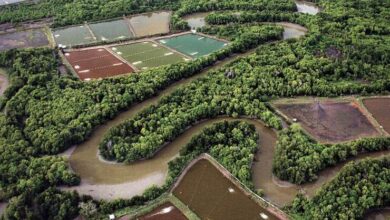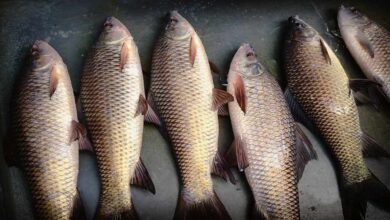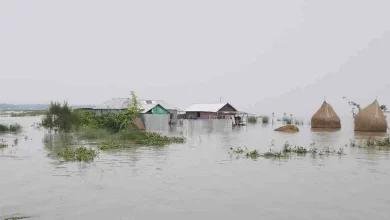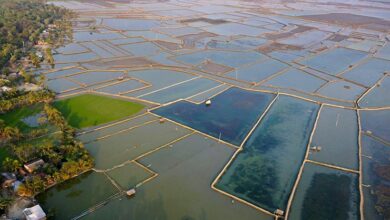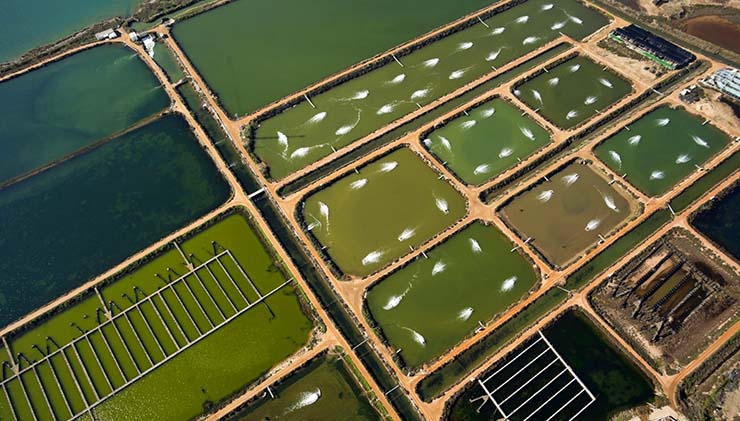
The contribution of the aquaculture industry to global food security and nutrition has become widely acknowledged. And its importance in the twenty-first century is undebated. In 2020, around 49% of the world’s supply of fish, crustaceans, and mollusks was farmed rather than captured. The figure was only 13% in 1990 and 26 % in 2000.
According to the FAO, 89% of the world’s aquatic animal production was used for human consumption. While the remaining 11 % is primarily used to create fishmeal and fish oil. In 2020, China was by far the largest producer of fish and other marine organisms. The nation accounted for 57% of total aquaculture production.
Although aquaculture is most commonly associated with food, fishmeal, and revenue, it also offers other important benefits. It may also come as a surprise to some that, aquaculture could have untapped potential to address conservational needs. Such benefits are sometimes overlooked.
Species recovery
By repopulating natural habitats with farmed fish, aquaculture can aid in the recovery of fish species. To prevent extinction and to restore natural populations, species recovery efforts for fish are ongoing around the world. Such as the white sturgeon in North America, the golden mahseer in India, and the Macquarie perch in Australia.
Fort Folly Habitat Recovery directs Atlantic salmon conservation and recovery work in the Petitcodiac river system, which historically produced 20 percent of the entire inner bay population.
Tim Robinson, manager of Fort Folly Habitat Recovery, claims that the aquaculture sector offers a significant contribution to salmon conservation by aiding teams in successfully rearing bigger numbers of Atlantic salmon in their native oceanic environment and returning them to a number of rivers.
Habitat Restoration
Recent research demonstrates that shellfish and seaweed farms can assist economic development and food production in coastal communities globally, as well as provide restorative benefits for ocean health. This can be done if the correct techniques are implemented in the right places. Aquaculture is, therefore, a crucial strategy for restoring depleted shellfish reefs.
Habitat Rehabilitation
Decades of human activity have degraded inland aquatic environments, prompting major efforts to repair freshwater habitats for fisheries and aquatic resources. Similar to restoration, habitat rehabilitation employs cultured organisms to recover an ecosystem to a partially functional state. For example, partial recovery may be accomplished by putting cultured coral species onto endangered coral reefs.
Habitat Protection
The sandy, muddy, or rocky bottom may appear to have nothing to offer, yet it is actually teeming with life and is home to numerous important species. Trawling and dredging along the seafloor can damage these vital habitats. While these environments supply food, shelter, and breeding grounds, destructive fishing can have long-term negative consequences on the species that fishermen are attempting to capture.
In this scenario, aquaculture can provide benefits by compensating for the pressure on natural resources.
Long-snouted Mediterranean seahorses occupying mussel farms might be a good example. The mussels provide a platform for other species to attach to, which the seahorse subsequently preys upon. The farms also protect the environment from trawling, which safeguards the seahorses’ food source and habitat.
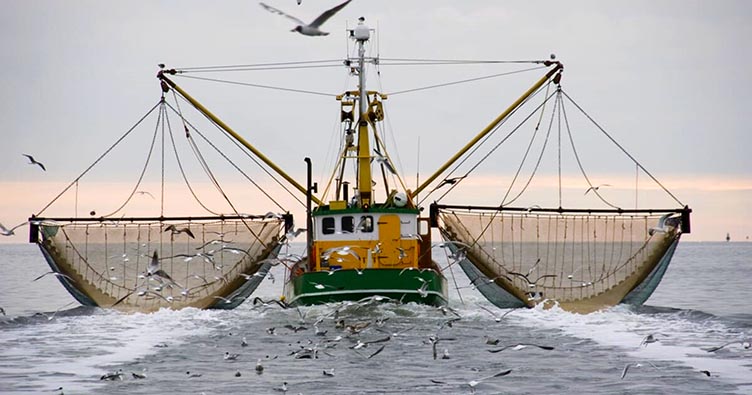
Bioremediation
Bioremediation is the utilization of living organisms (bacteria, fungus, actinomycetes, cyanobacteria, and to a lesser extent, plants) to reduce or eliminate hazardous contaminants. These organisms may be either naturally occurring or grown in a laboratory.
Bioremediation procedures through aquaculture are simple to adopt and easy to maintain. It also limits the quantity of waste that must be disposed of in landfills. This can be performed on-site or off-site, and the current strategy of bioremediation is to apply microbes/ enzymes to the aquaculture ponds which enhances water quality.
Coastal Protection
Aquaculture activities can contribute to adaptation to climate change by offering direct or indirect protection against coastal risks.
Infrastructure for aquaculture in the coastal zone can reduce wave energy and stabilize the shoreline. Using cultured organisms to restore or develop coastal defense ecosystems, also known as living shorelines or nature-based coastal defense, is therefore conceivable.
As long-term coastal defenses, oyster culture has enormous potential compared to more expensive alternatives such as beach/shore nourishment, wave barrier fencing, dune grass planting, and the usage of mangroves and artificial reefs.
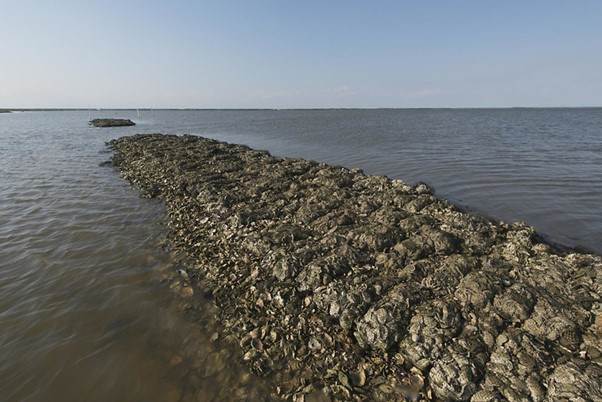
Biological Control and Removal of Species
Similar to bioremediation, cultured species can be introduced into a habitat to reduce the number of pests via consumption. For example, utilizing weevils to prevent the growth of water hyacinths.
Removing an overabundant species from a habitat can enhance the ecosystem while allowing the species to continue to reproduce on farms.
Overabundant sea urchins contribute to the degeneration of kelp and related creatures, according to the experts. By transferring the urchins to aquaculture facilities, the natural habitat’s biodiversity can flourish, and the urchins can be made more commercially viable by increasing their roe count through the use of specialized diets.
Species Conservation
Aquaculture is becoming a crucial tool for supporting the recovery of marine species in decline and meeting human requirements. For example, the formation of a refuge population of the imperiled delta smelt (Hypomysis transpacificus) and a range of coral species to protect against extinction can result in ex-situ conservation benefits.
If natural populations were gone, captive populations maintained for commercial aquaculture may provide an ex-situ conservation service.
Wild Harvest Replacement
The cultivation of an organism to substitute wild harvest and to reduce strain on wild populations has the potential to meet conservation goals. Through aquaculture, it is more economical to cultivate organisms than to harvest them from the wild. Also, cultivating exotic species is less expensive than purchasing identical organisms on the black market.
Marine conservation and restoration through aquaculture are achievable through careful monitoring and incentive management programs. To encourage commercial aquaculture sectors, it should be a top priority to build an internationally recognized accreditation system for ecologically friendly aquaculture.
Jaber Bin Abdul Bari
Department of Oceanography, NSTU

